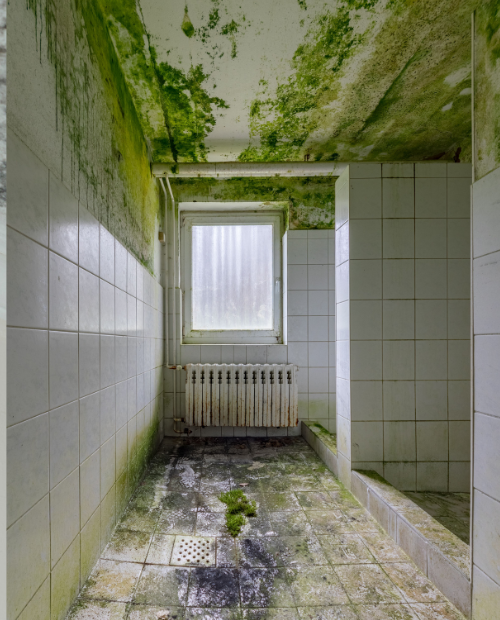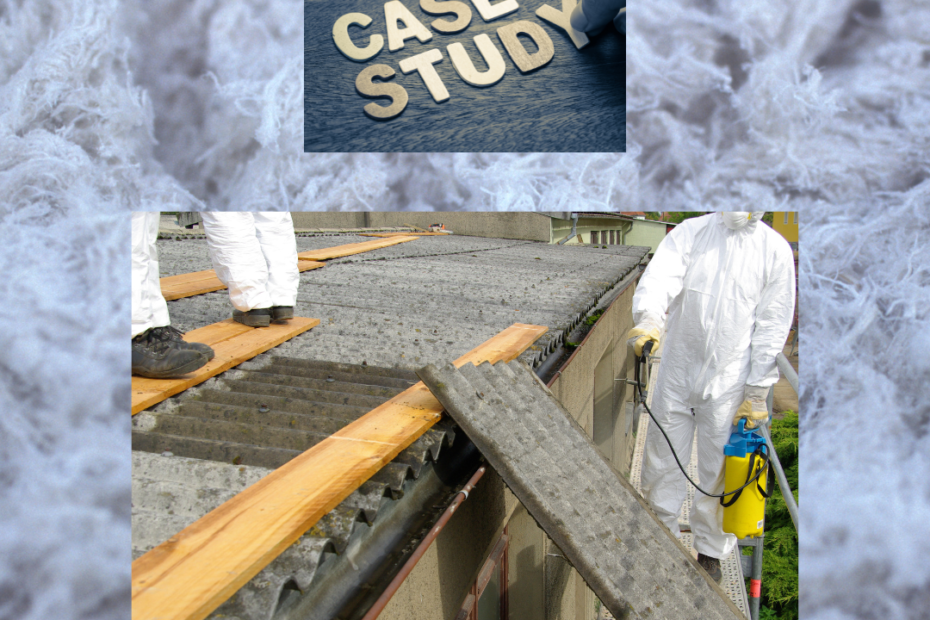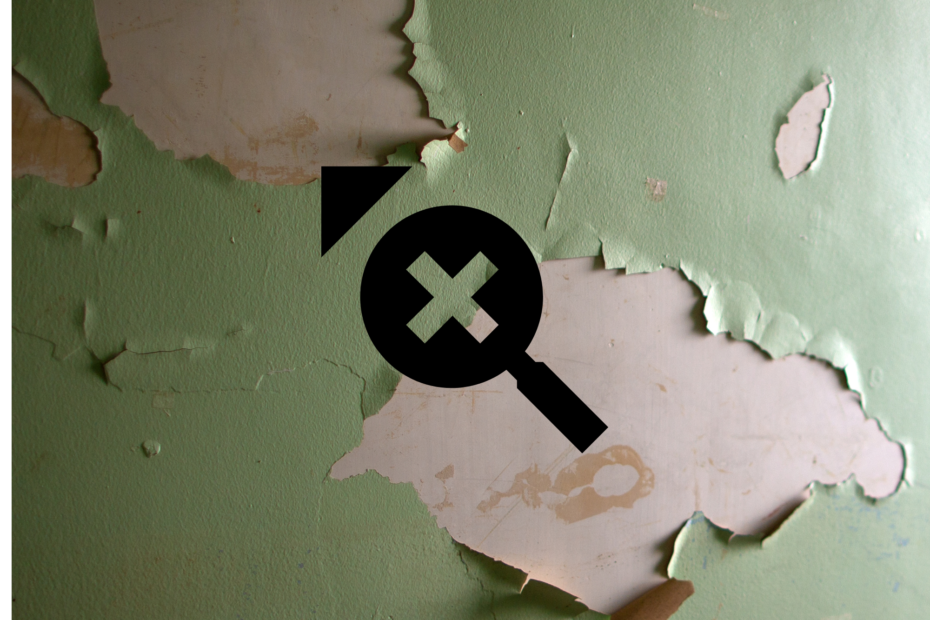Lead-based paint remains a significant public health issue in older homes and buildings, with exposure posing serious health risks, particularly to children. As we move toward 2025, advancements in lead paint removal and abatement techniques continue to make strides, offering safer, more efficient ways to address this hazard. In this blog, we’ll explore some of the latest techniques in lead-based paint removal and highlight the success stories from cities like Rochester, NY, which have significantly reduced lead exposure and improved public health outcomes. The Dangers of Lead-Based Paint Lead-based paint, commonly used in homes built before 1978, can deteriorate over time, releasing lead dust and chips that pose health risks when ingested or inhaled. According to the CDC, lead exposure can cause developmental issues in children, including learning disabilities and behavioral problems, and can also affect adults, leading to high blood pressure and kidney damage. With lead exposure prevention, a priority for many municipalities, innovations and techniques in lead abatement… Read More »Success Stories of Lead-Based



